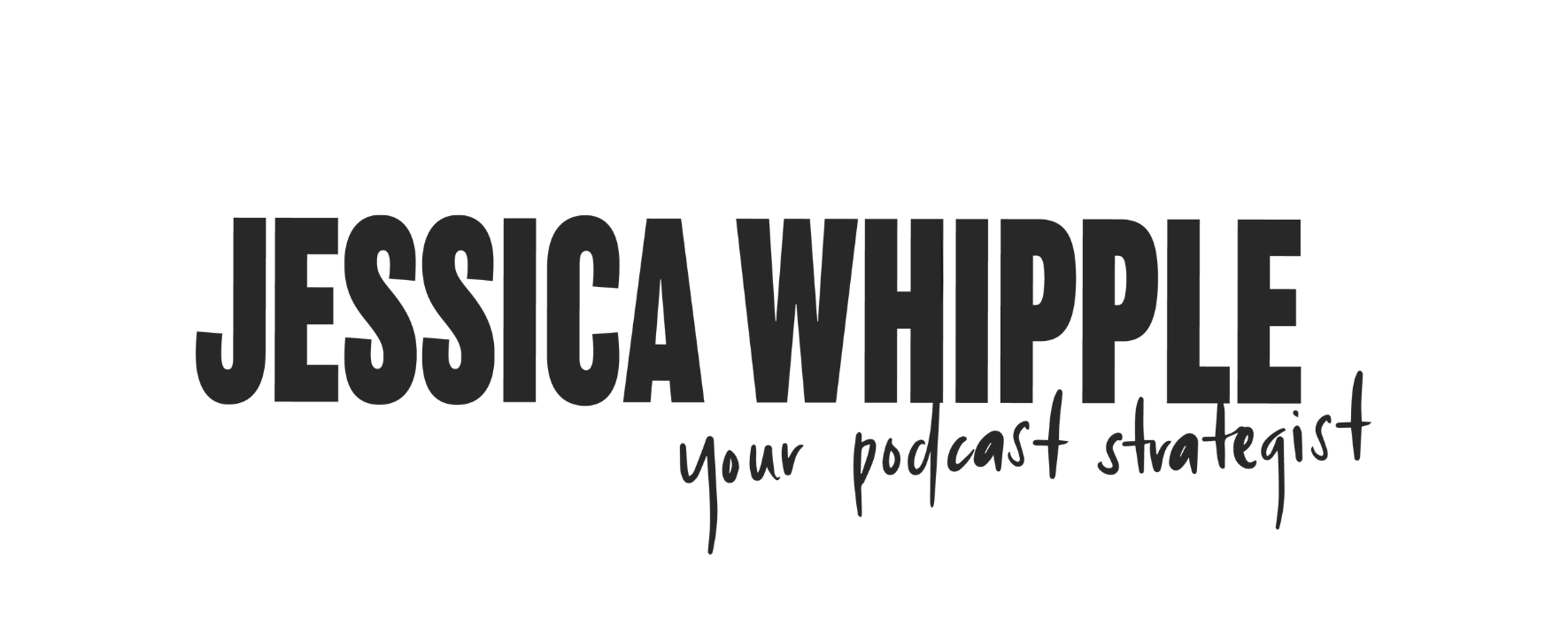
Most podcasts are forgettable.
That’s not an insult—it’s just reality.
With millions of shows out there, only a handful manage to rise above. Most blend in, covering the same topics in the same ways, leaving listeners unimpressed and uninspired.
If your podcast isn’t growing, it’s not because podcasting is “too saturated.” It’s because, to your audience, your show looks and feels like every other podcast in your niche.
Harsh? Maybe. True? Definitely.
But it doesn’t have to be this way. The podcasts that thrive, that build loyal audiences and generate meaningful growth, do one thing differently—they dare to stand out. They craft an experience listeners can’t get anywhere else.
So, how do you move from forgettable to unmissable? It starts with a hard look at your podcast’s topic, point of view, and format.
When it comes to your topic, most podcasters play it safe here. They choose something broad and familiar—“business,” “health,” “personal development.”
Sounds fine, right? Wrong.
Broad topics are a recipe for blending in. They place you smack in the middle of an oversaturated category with nothing specific to differentiate your show from the thousands of others talking about the same thing.
Narrowing your topic might feel risky, but it’s actually the smartest move you can make.
Instead of being “another business podcast,” what if your show focused on “how to build a side hustle while working a 9-5”?
Instead of covering “personal development,” why not zero in on “healing burnout for introverted entrepreneurs”?
The narrower your focus, the more you’ll attract a loyal audience who feels like your show was made just for them. And that’s how you build traction.
A clear, niche topic gives your audience a reason to choose you. People don’t want generic advice; they want solutions that speak directly to their unique problems.
When your topic aligns with a specific need, your podcast becomes the obvious choice.
But a niche topic is only part of the equation.
You also need a strong point of view. This is where most podcasters hesitate. Sharing a bold, unique perspective can feel intimidating—what if people don’t like it? What if it alienates some listeners?
The best podcasts don’t try to please everyone. They share opinions, insights, and experiences that will certainly spark disagreement. Your point of view is what makes your podcast memorable.
And it’s what turns casual listeners into fans.
What do you believe that others in your niche don’t? What’s the hot take you’ve been too scared to share?
Maybe you’re tired of the hustle culture pushed in business podcasts and want to champion rest and recovery as the ultimate productivity hack.
Or maybe you’re done with the “overnight success” myth and want to showcase the gritty, unglamorous side of building something meaningful.
Whatever your perspective, own it. Bold opinions might repel some people, but they’ll deeply resonate with others. Those are your people—the listeners who’ll stick with your show because it reflects their own values and experiences.
Once you’ve nailed your topic and point of view, it’s time to rethink your format.
This is another area where many podcasters default to what feels safe and familiar. The classic interview format is a staple for a reason—it’s straightforward, it works, and it’s easy to replicate.
But “easy to replicate” is exactly the problem. If your show is just another series of interviews with experts, how will it stand out?
I’m not trying to hate on interviews, because the format itself isn’t the issue; it’s that podcasters tend to be lazy with how they use it.
Instead of a standard Q&A, consider how you can reimagine the interview format.
Maybe you only feature guests who’ve gone through a radical transformation, focusing on the mindset shifts that changed their lives.
Or you could interview the same guest across multiple episodes, diving deep into their journey in a way that feels intimate and unique.
You could also blend formats. Start with an interview, but follow it up with a solo segment where you analyze the conversation and connect it to actionable insights for your audience.
Or incorporate storytelling, sound design, or recurring segments that make your show feel dynamic and fresh.
Your format is the delivery system for your topic and point of view. It should reflect your unique approach and give listeners an experience they can’t find anywhere else.
The goal isn’t just to share information but to create a show that surprises, delights, and engages.
If your podcast isn’t growing, it’s likely because you’ve taken the safe, familiar path. And I get it—breaking out of the mold is scary. It’s tempting to follow what everyone else is doing, especially when it seems to be working for them.
But it won’t get you noticed.
Listeners have endless options. If your podcast doesn’t grab their attention and offer something different, they’ll move on to the next show. To attract listeners, you need to differentiate your show.
Unfortunately, this won’t happen overnight.
Crafting a podcast that stands out takes time, experimentation, and a willingness to take risks. You might not land on the perfect topic, point of view, or format right away—and that’s okay. The process of refining your show is part of what makes it better.
This kind of work happens during a podcast launch or when you partner with a podcast strategist (hi!) where you’ll find your voice, clarify your message, and discover what makes your show uniquely yours.
So, take a hard look at your show.
Is it playing it safe? Is it blending in with other shows in your industry? If so, it’s time to make a change.
Narrow your focus. Share your boldest opinions. Reinvent your format.
The podcasts that succeed aren’t afraid to take risks. And if you’re serious about growing your show, neither should you.

